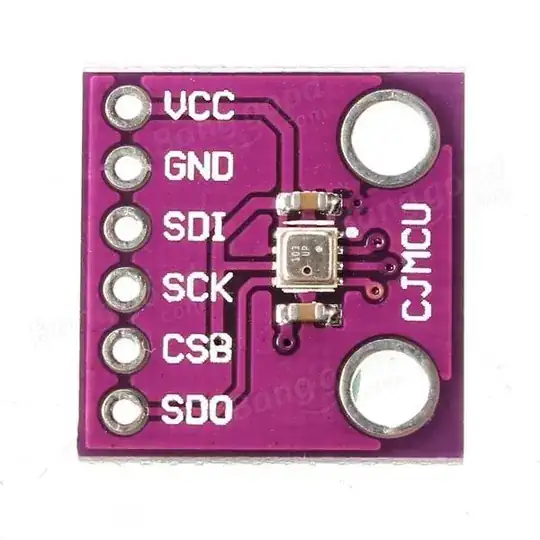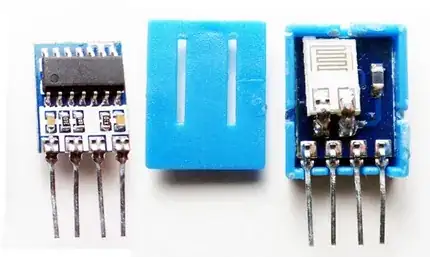I've had a bit of experience with DHT11/DHT22 sensors in a greenhouse environment, and believe that when they get wet they stop working altogether.
Are there any low cost humidity sensors that I can hook up to an Arduino that don't suffer from this problem, or is there a way to protect these sensors from damage when near water? (I'm not talking about immersing them in water - but do expect condensation to get sprayed with water and/or get condensation on them from time-to-time).
Am I correct that the SHTxx sensors are able to withstand this kind of abuse, and that these sensors are about 5-10 times the cost of DHT sensors? (I did not want to spend that much, but if it's the only possibility I might consider it).

